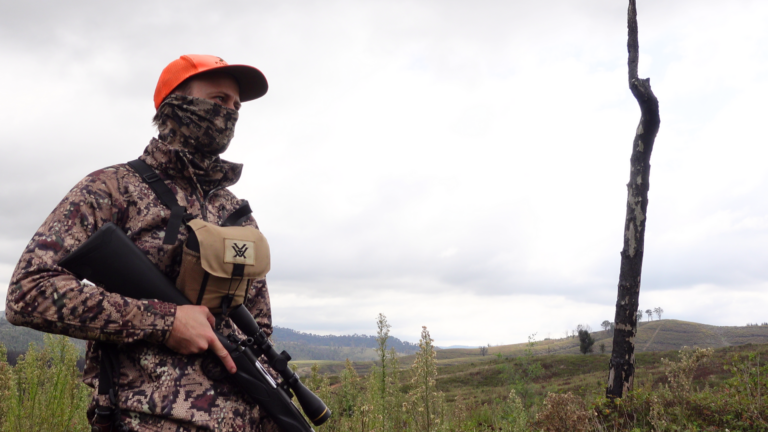In my last article, I discussed an alternative solution to national service (conscription). My proposal was to establish a volunteer organisation to support our conventional forces in the event of a foreign invasion. When discussing this concept with a Queensland Senator, I was asked about the differences between the Australian Defence Force (ADF) Reserves and my proposed organisation, which I refer to as the Citizens Military Force (CMF). This article outlines my response to that question.
Disclaimer: The following email provides a basic overview of the differences between each organisation. The intent of this answer was to maintain the recipients interest in my concept and encourage further engagement. It does not cover the finer details of the roles or training requirements for individual volunteers. I will share my thoughts on those aspects at a later date.
Senator, thank you for taking the time to respond to my email. The key difference between the Citizens Military Force (CMF) and the Australian Defence Force (ADF) Reserves lies in the purpose and approach of each organisation.
The goal of recreating the Citizens Military Force is to organise and train the average Australian locally, with minimal impact on their family or employment. While the ADF Reserves aims to achieve the same outcome, the requirement to attend multiple 3-5 week training blocks deters many willing and able-bodied Australians. Since COVID, community expectations around work-life balance have shifted. Our approach to volunteer national service must align with these new expectations; otherwise, we risk a decline in participation, similar to the current trend in the ADF Reserves.
For those able to attend ‘block’ training, the ADF Reserves remains a worthwhile solution that should be maintained. However, a more accessible version must be implemented to fill the gap in our defence personnel numbers. As is common in most businesses, members of the CMF should be encouraged to undertake online “learn at your own pace” training via a government-funded learning management system (LMS). The remainder of their training could take place at local hunting clubs, led by suitably qualified trainers. Examples of this training might include firearms licensing and basic bushcraft or survival skills. Advanced or technical knowledge, such as basic infantry tactics, could then be taught during weekend training camps or “bivouacs,” run by current serving members of the ADF. This approach would reduce both the cost and time commitment for all involved.
In summary, the CMF would train a large number of Australians incrementally over an extended period, focusing primarily on basic infantry tactics, logistics, and communications. The ADF Reserves would continue to train a smaller number of Australians more intensively, maintaining its focus on more technical roles, such as trades, engineering, and the operation of specialised equipment. I strongly believe that the reestablishment of the Citizens Military Force, as described above, would improve Australia’s defence capability and better position us to repel a foreign aggressor.
I hope this response sufficiently answers your question. If you have any further inquiries, or would like more granular detail on how it could be successfully implemented, please feel free to reach out.
Reception
Based on the feedback provided, it seems my email was effective in explaining the differences between the two organizations. Even better, the Senator called it an ‘excellent suggestion’ and stated that, if re-elected, he would ‘push’ this idea. As requested, I will stay in contact and pursue this further after the election.
Final thoughts
The support of a Senator is a crucial first step in the re-establishment of the Citizens Military Force. Unfortunately, due to poor timing on my part, I’ll have to wait for the results of the upcoming election before making any further political progress. In the meantime, I will continue to work on the underlying framework, including recruitment, training, and other aspects that support this concept. While many of these factors may change if the concept comes to fruition, I believe it’s important to maintain progress and establish a baseline position. This may reduce the time taken from concept to reality.










